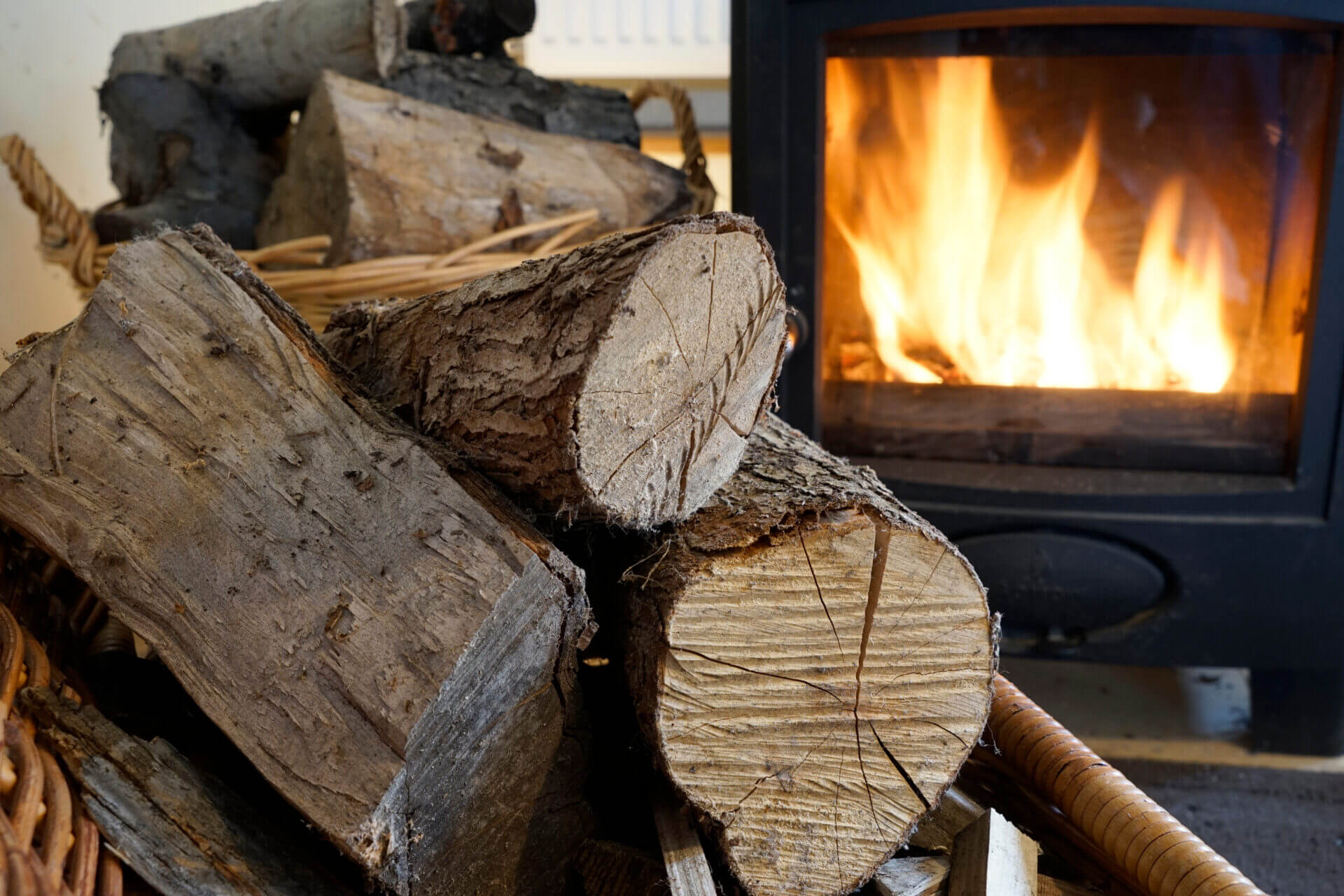News

Is it time to re-think our wood burners?
Around 8% of households in the UK burn wood in their homes. A recent survey asked people what they thought about wood burners and found that 44% thought they should be banned. But what do you think?
Log burning stoves have been under scrutiny for years because when wood is burned they emit small particulate matter or PM2.5 into ambient air. The amount on PM2.5 released by wood burning stoves has risen by 35% in a decade and contributes 25% of all PM2.5, more than car emissions.
What are the health risks?
The risks arise when PM2.5 enters the body as we breathe in ambient air. PM2.5 reaches the lungs and cardiovascular system. Links have been established between exposure to PM2.5 and health conditions including asthma, lung cancer, cardiovascular disease, and strokes. The risk is exacerbated further when PM2.5 is inhaled indoors.
What are we permitted to burn?
Against a background where sales of domestic coal were banned in England in May (as well as “wet wood” that hasn’t been air or kiln dried), what can we do if we love our wood burner to reduce the emissions from our homes?
- Burn wood with less than 20% moisture level, it burns the most efficiently. The hotter the fire, the less smoke is emitted so burning wood with a good flame produces lowers emissions than a low burn, smouldering fire.
- Ask your supplier how they measure the moisture level of their wood supplies. Wood with lower moisture levels may cost more, especially but it’s better for the environment and public health
- If you choose to buy bags of mixed wood use faster burning woods such as pine or birch to establish the fire before adding slower burning wood such as oak which takes longer to catch fire and smoulders until it’s hot enough to burn.
- Burning wood pieces with a diameter of 3-6 inches also helps to reduce emissions and avoid adding too many logs to the fire at one time to allow more oxygen for the fire to burn efficiently.
- If gathering local wood, it should be air dried for at least 12 months before burning and stored in a dry place. If storing outside keep wood covered and off the ground to reduce moisture getting into the wood.
- If your wood burner is a few years old, consider updating it to a newer Eco Design stove that complies with the latest guidance.
- To find a DEFRA accredited wood supplier visit Ready to Burn
More reading
The relative PM2.5 emissions from domestic heating methods – Fig 10
The information on our website should not be used as an alternative to medical advice from your doctor or other professional healthcare provider. If you have any specific questions about any medical matter, you should consult your doctor or other professional healthcare provider. Lastinghealth.com is not responsible for the content of external websites. The inclusion of a link to a third-party website should not be understood as an endorsement.






